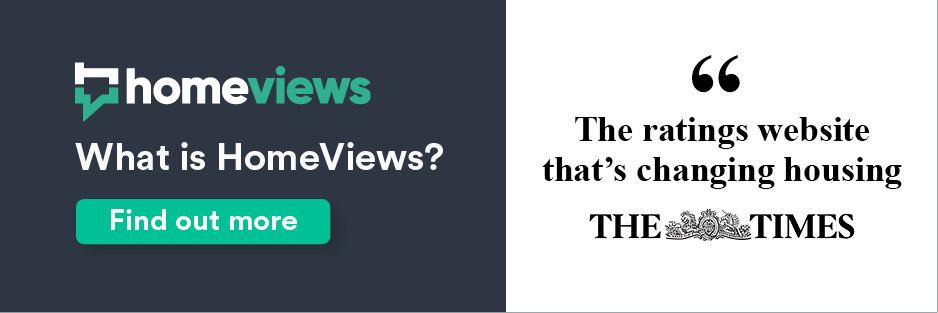How does buy to let stamp duty work? Stamp Duty is a factor that needs to be considered for most property purchases in the UK. Use this simple guide to discover why buying to let affects the amount of stamp duty you have to pay on your property investment.
FAQs
What is Stamp Duty?
Stamp Duty Land Tax (SDLT) is a tax paid whenever you buy a property over a certain value. It’s the fee charged by the UK Treasury ratifying the sale, literally putting their ‘stamp’ on the deal.

Who pays Stamp Duty?
It’s always the buyer who pays Stamp Duty, not the seller. If you’re buying a property over £250,000 you’ll have to pay some level of SDLT.
How much is stamp duty?
The amount of Stamp Duty you pay depends on the value of the property you’re buying. The following are the basic Stamp Duty bands:
- Up to £250,000 – 0%
- £250,001-£925,000 – 5%
- £925,001-£1.5 million – 10%
- Over £1.5 million – 12%
Note that you only pay the percentage of SDLT that applies to that band, not the total value of the property. It’s a sliding scale that goes upwards.
Example: If you buy a house worth £300,000, you will pay a total of £5,000 Stamp Duty. This is:
- £0 for the first 250,000 part (0%)
- £2,500 for the £250,000-£300,000 part (5%)

Do I pay stamp duty if I own a buy to let?
If you are buying a property as buy to let, you will have to pay Stamp Duty on it, including an extra buy to let surcharge. You’ll have to pay this, even if the property’s value is below £250,000 (see below).
How much more stamp duty do I pay for buy to let?
For a buy to let purchase, not only do you pay the basic rate described above, you have to pay a minimum of a 3% surcharge on top. This extra surcharge applies to the total value of the property, and the rate increases with the value of the property. As of April 2024, the buy to let stamp duty surcharge rates for England and Northern Ireland are as follows:
- 3% of the total value of properties up £250,000
- 8% for properties purchased between £250,001 and £925,000
- 13% for properties purchased between £925,001 and £1.5 million
- 15% for properties purchased over £1.5 million
There are different rates for buy to let properties in Scotland and Wales. You can find out the current rates here.
If we take the previous example of a £300,000 property purchase, but as a buy to let in England or Northern Ireland, the SDLT payable is £26,500 in total. This is the basic rate calculation of £2,500, plus £24,000 (8% of £300,000).
Read more
Are Stamp Duty rates the same across the UK?
Stamp Duty Land Tax only applies to property purchases in England and Northern Ireland. Scotland and Wales have their own, slightly different, schemes and rates. The HomeOwners Alliance has a full breakdown of the latest rates by UK region.
Is there any way to avoid stamp duty on a buy-to-let property?
Typically, if you’re buying a property as a buy to let investment, you’re going to be paying stamp duty. There are some exceptions though, which could apply depending on your circumstances.
Firstly, if you’re already a homeowner, buying your buy to let property in someone else’s name could help you avoid stamp duty. If you’re not currently a homeowner but you’re buying a buy to let home as an investment, you could avoid stamp duty if the value is below £250,000.
Finally, if your buy to let property is a second home, you could avoid paying stamp duty if the purchase price is below £40,000, which is admittedly tricky given the average UK property price is currently £285,000 (December 2023).
Is the Stamp Duty Holiday still in effect?
During the Covid-19 pandemic, the UK government introduced a Stamp Duty holiday, providing relief for the property market during a difficult period. However, the Stamp Duty holiday ended in October 2021. At the time of writing, there are no announcements to reintroduce any Stamp Duty holiday periods or reduced rates.

How do I pay buy to let stamp duty?
Usually, your conveyancer will complete and file an SDLT return to HMRC, having calculated how much Stamp Duty you need to pay. They will pay this for you, along with sending the return. Then they will add this amount to their fees.
If you are managing the purchase without a conveyancer or other agent, you can file the return and pay the Stamp Duty yourself. Bear in mind that you must do this within 14 days of the completion of the purchase.
If you need to know more about how Stamp Duty works, we have several complementary guides. Find out about Stamp Duty refunds, Stamp Duty on a second home, and more.

HomeViews is the only independent review platform for residential developments in the UK. Prospective buyers and tenants use it to make an informed decision on where to live based on insights from carefully verified resident reviews. Part of Rightmove since February 2024, we’re working with developers, house builders, operators, housing associations and the Government to give residents a voice, recognise high performers and to help improve standards across the industry.



















